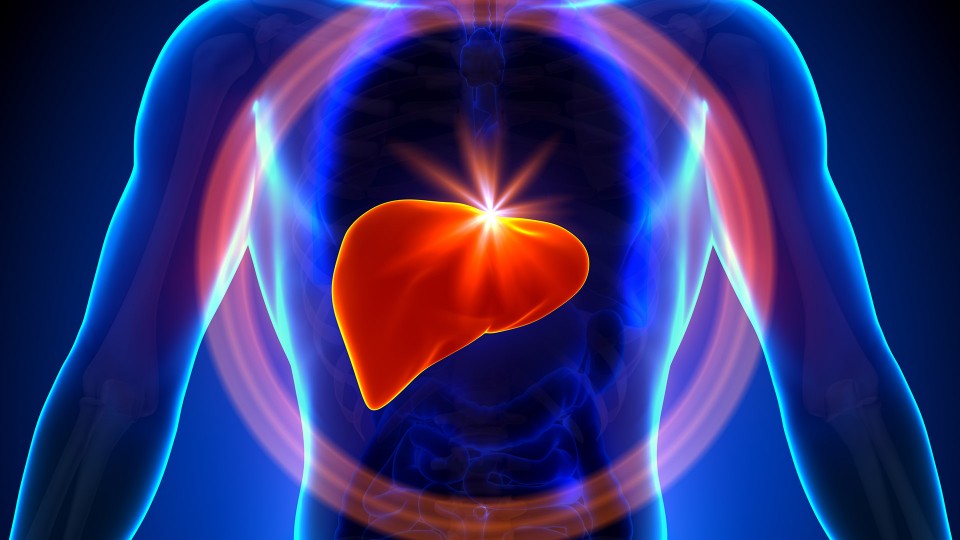Liver facts
Amazing Liver Facts
Japanese scientists have grown a fully functional human liver from stem cells for the first time.
The researchers from Yokohama City University created the organ by transplanting 'liver buds' from human stem cells to restore liver function in mice.
Published in the journal Nature, Takanori Takebe and Hideki Taniguchi showed how they stopped mice with liver failure from dying by transplanting the stem cell-grown structures into them.
At present, there is a huge demand for human livers for transplants. In the US last year, almost 3,000 people died waiting for a liver while 5,800 transplants took place.
Embryonic stem cells were discovered in 1981 but scientists have hitherto been unable to generate a human organ because of the complex interactions between cells and tissues as they develop.
However, the Yokohama City scientists challenged this belief by focusing on the earliest stage of organ creation - the interactions during 'organ bud' development.
There are two main types of stem cells: those that are harvested from embryos, and reprogrammed induced pluripotent stem cells (iPSCs) which are taken from skin and blood.
The researchers used the latter type to make three different cell types that normally combine in the formation of a human liver. They fused them together and found the cells began to grow to form 3D structures called 'liver buds'.
When these were transported into the mice, the liver buds matured and connected with the mouse's blood vessels, and began performing many of the functions of mature human liver cells

More Liver Facts

The liver is the largest internal and most metabolically complex organ in humans.
- The liver performs over 500 different functions including fighting off infection, neutralizing toxins, manufacturing proteins and hormones, controlling blood sugar and helping to clot the blood.
The liver is the only organ that can regenerate itself thus making it possible for one person to donate part of their liver to another person. When a portion of the liver is transplanted, the donor's liver will regenerate back to its original size while the transplanted portion will grow to the appropriate size for the recipient.
- The Greek word for liver is 'hepar' - that's why medical terms related to the liver often start in 'hepato'- or 'hepatic'.
- At any one time, the liver contains about 10% of the blood in your body and it pumps about 1.4 litres through per minute.
- Dr. Thomas E. Starzl performed the first human liver transplant in 1963 at the University of Colorado Medical School; however, lack of effective immunosuppressive drugs limited the success. Four years later, the availability of more effective immunosuppressives enabled Dr. Starzl to perform the first successful liver transplant.
- The first liver transplant in Canada was performed by Dr. Pierre Daloze in Montreal, Quebec in 1970.
- For the Greeks, the liver was considered the seat of the emotions. They practised something called 'hepatoscopy' which involved sacrificing oxen or goats and examining their livers to determine whether their military campaigns would succeed or fail. The Greeks viewed the liver as being the organ in closest contact with divinity.
- For the Greeks, the liver was considered the seat of the emotions. They practised something called 'hepatoscopy' which involved sacrificing oxen or goats and examining their livers to determine whether their military campaigns would succeed or fail. The Greeks viewed the liver as being the organ in closest contact with divinity.